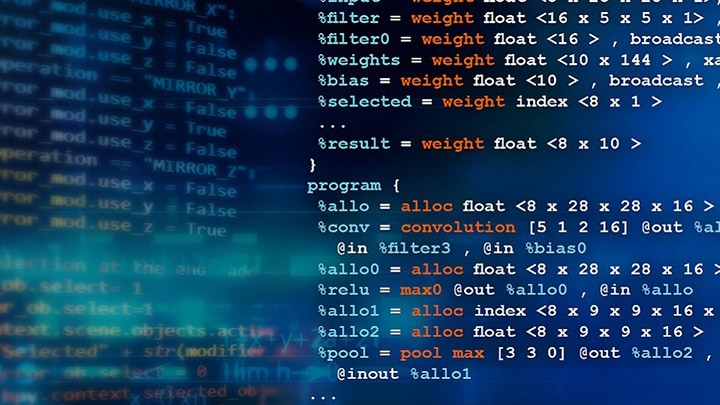Learn how NXP is making it easier for designers to get one step ahead in their NFC products with
our new NFC Antenna Design Tool.
As of very recently, there is a new NXP antenna design tool which includes antenna design guidance
for passive tags/connected tags, and reader antennas (vs. just reader antennas), with pre-loaded
parameters for most NXP IC offerings. Check out the
NFC Antenna Tool
to find out more.
The most crucial part about designing an NFC reader is its antenna. The optimum read range and
reliability of your NFC device highly depends on the underlying antenna design.
Planning Your Requirements Is Always a Good Way to Start
The right antenna depends on the application’s requirements. There are trade-offs between
applications requiring maximum read distance (maximum power consumption) and those with strict
power budgets (generally resulting in a shorter read range). Sometimes a balance between the two
extremes, with a blend of power efficiency and performance, can be met, particularly with the
latest generation high performance readers, featuring Ultra Low Power Card Detection.
The Size of an RFID/NFC Antenna Defines the Operating Distance
In general, the larger your antenna size, the longer the reading distance. Similarly a smaller
antenna will give you a shorter read range. However, it’s best to attempt to match the tag and the
reader antenna geometries for maximum efficiency. Tag and reader IC selection can also impact read
range.

Figure 1 – NFC Antenna Shapes
There are different shapes of NFC antennas. Each one of them has their own specific purpose.
-
Wire-Wound Ferrite Core Tag Antenna: Typically reserved for special
applications where the space may be confined in one axis, and a longer range may be desired in
the axial direction.
-
Rectangular NFC Antenna: Rectangular NFC antennas provide good overall
performance with good operating volume. As with any shape, proximity to metal can degrade
performance, however, ferrite backed options can help resolve this hurdle.
-
Round NFC Antenna: The Round NFC antenna has similar features as the
rectangular antennas with good overall performance and operating volume. Proximity to metal may
be resolved with some ferrite shielding.
So which one is the right shape for you? Well, the answer is that there is no single best antenna
for all use cases. The key is an optimal geometric match between the reader and the tag antenna,
including an attempt to have similar geometric sizes and shapes for both antennas. A gross
mismatch in size or shape will result in degraded performance.
When trying to get the best performance for your NFC antenna, you might wonder how many turns you
should choose. However, in practice the number of turns has no impact on the coupling. You
can’t really get more operating distance by increasing or decreasing the number of turns.
Get One Step Ahead with NFC Antenna Design Tool
A good antenna design from the start can help you to save time in the overall design process,
consequently reducing time-to-market. To help you get started, NXP has launched a new NFC Antenna
Design Tool. The tool has a variety of parameters, which you can modify to simulate your desired
antenna design principle. You can enter values in the Antenna Coil Parameter area to define the
outer dimension of the antenna such as length, width, track thickness, etc.

Figure 2 – NFC Antenna Design tool GUI
With these parameters, you can now do the antenna synthesis. The antenna synthesis basically
derives the key parameters for the antenna coil, which includes mainly the inductance, and also
other variables such as the capacitance, resistance (loses of the antenna) and self-resonant
frequency (as an estimation to see whether the antenna can be easily tuned or not).
Once you have the parameters for the antenna coil, you can simply choose the Reader IC, which will
give you the recommended values for the Antenna Tuning. Then, by synthesizing you can obtain the
starting values for the tuning circuitry. And, you are done!
Next step—NFC Antenna Design Hub
So here we discussed some of the common concerns about NFC antenna design. To get more in-depth
knowledge, you can visit the new
NFC Antenna Design Hub. This hub is a comprehensive portal of resources, application notes, on-demand training and more
materials to provide you everything you need to learn more about NFC antenna design. Explore the
latest NF antenna tool and find the best
antenna design for NXP’s HF/NFC tag IC and readers.
Relevant Products






